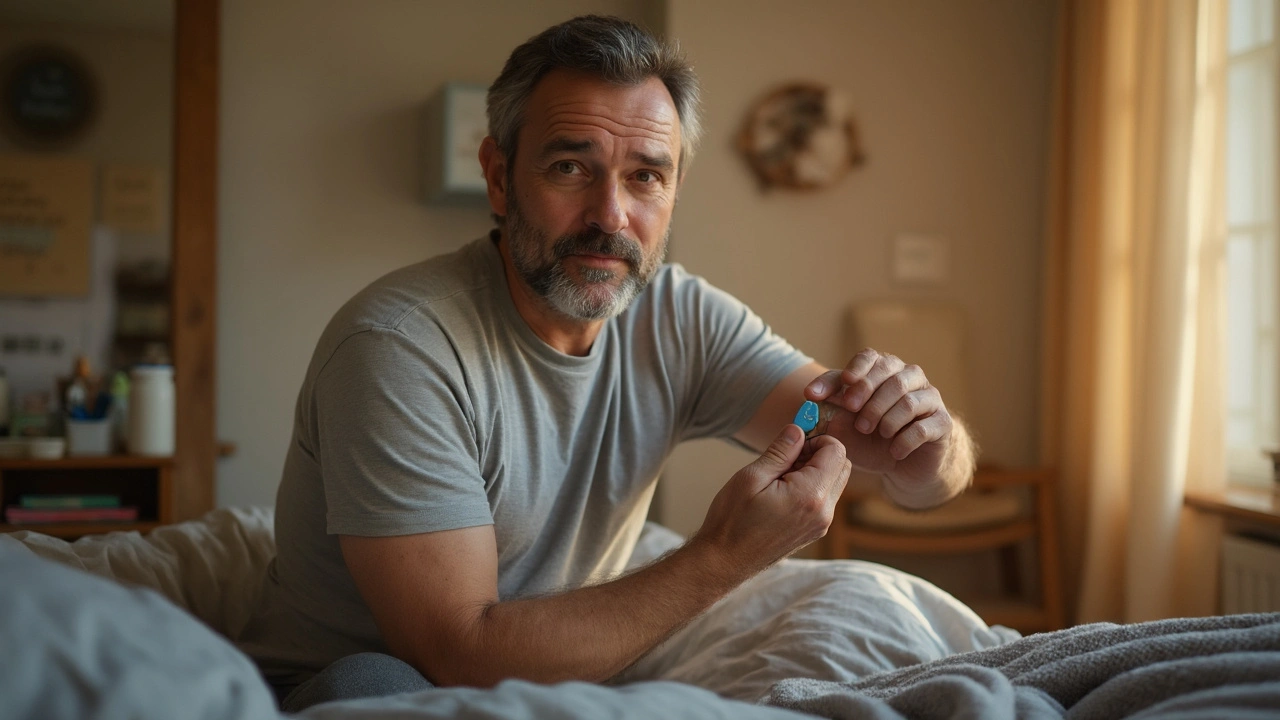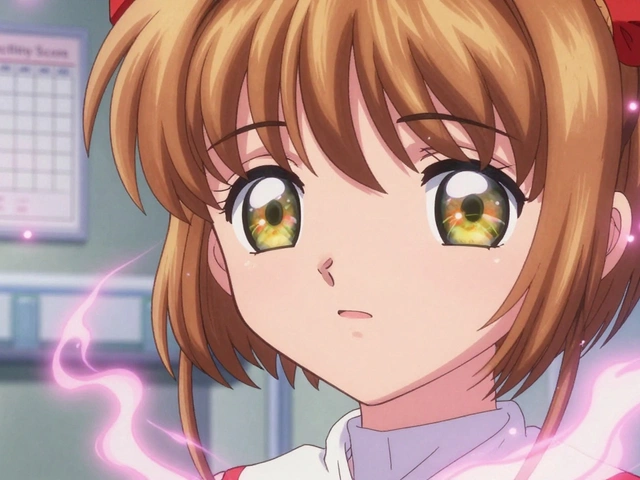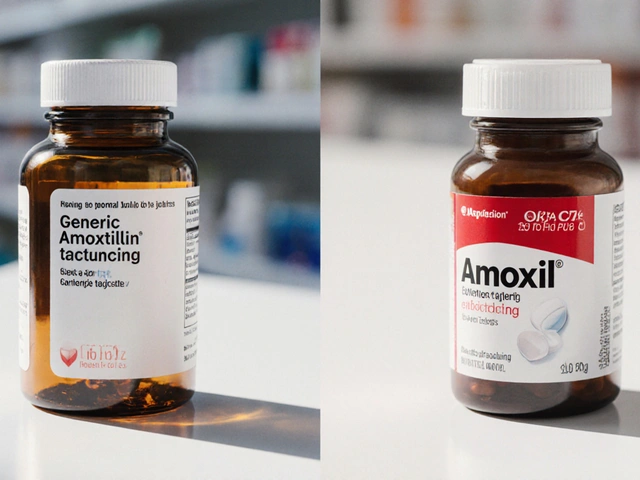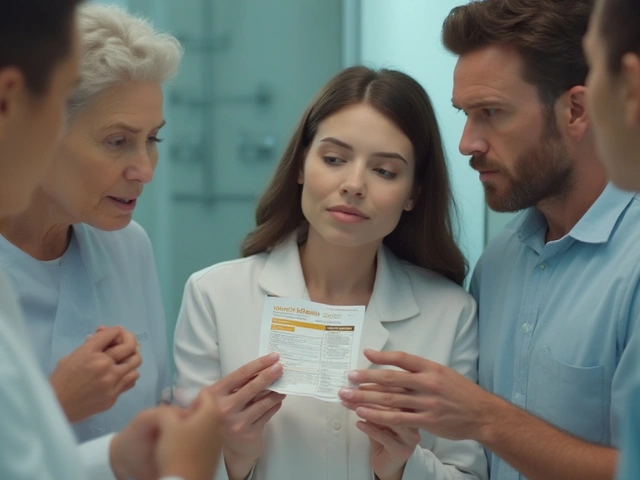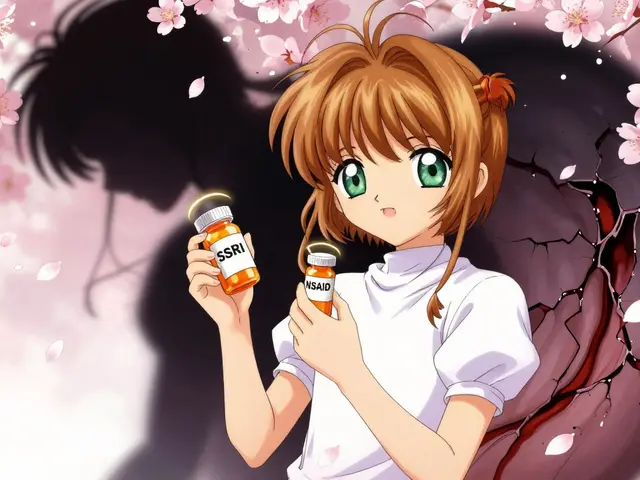Depression Explained: Signs, Help, and Practical Ways to Feel Better
Feeling down is normal, but when sadness sticks around for weeks, drains your energy, and makes everyday tasks feel impossible, it could be depression. It’s not a sign of weakness, and you don’t have to face it alone. Below you’ll find straightforward info on what depression looks like and what you can actually do about it.
Spotting the Signs
Depression shows up in many ways. The most common clues are a persistent low mood, loss of interest in things you once enjoyed, and trouble sleeping or sleeping too much. You might notice sudden weight changes, trouble concentrating, or feeling worthless. Physical aches, like headaches or stomach pain, can also be part of the picture. If you or someone you know has any of these symptoms for more than two weeks, it’s worth talking to a professional.
Pay attention to how often thoughts drift toward hopelessness or self‑harm. Even fleeting thoughts should be taken seriously, especially if they become more frequent. Remember, depression isn’t just “being sad”; it’s a medical condition that affects brain chemistry and can be treated.
Ways to Get Better
The first step is reaching out. Call your doctor, a therapist, or a trusted friend. A health professional can assess whether medication, therapy, or a mix of both will help. Antidepressants aren’t a magic fix, but they can balance chemicals that make mood swings easier to manage.
Therapy options like cognitive‑behavioral therapy (CBT) teach you how to challenge negative thoughts and build healthier habits. Even a short talk with a counselor can give you tools to cope day‑to‑day. If therapy feels out of reach, many free helplines and online support groups offer a listening ear.
Beyond professional help, small lifestyle tweaks matter. Try to get moving—walks, stretching, or light exercise release feel‑good chemicals. Keep a regular sleep schedule; aim for 7‑9 hours and limit screens before bed. Eating balanced meals and staying hydrated can lift energy levels.
Social contact is powerful. Even if you don’t feel like it, reaching out to a friend, joining a hobby group, or volunteering can break the isolation loop. Set tiny goals—like making the bed or sending a text—and celebrate each win.
If you ever feel unsafe or think about harming yourself, call emergency services right away. You deserve safety and support, no matter how dark things feel.
Depression is treatable, and many people find relief with the right mix of care and self‑help. The key is to start the conversation, take one step at a time, and remember you’re not alone on this road.
23 June 2025
Tessa Marley
Explore how Emsam works as a depression treatment, its unique patch delivery, practical usage tips, safety facts, and real-life advice for managing mental health.
Continue Reading...

